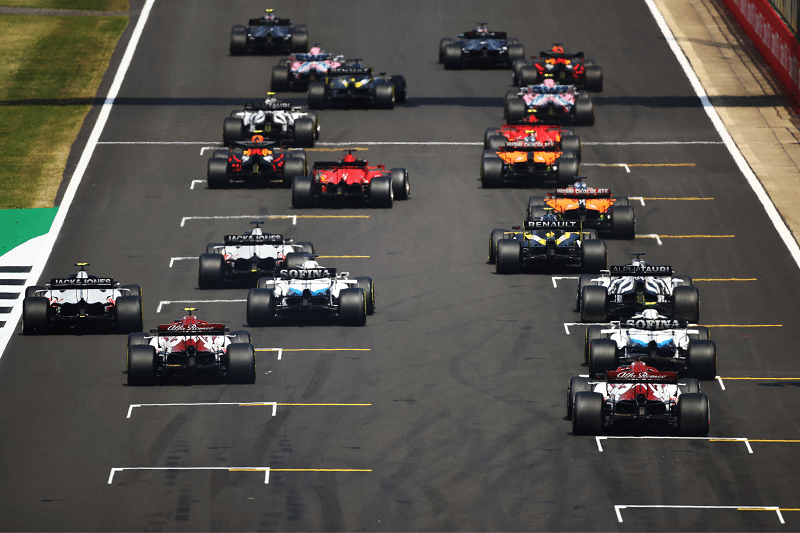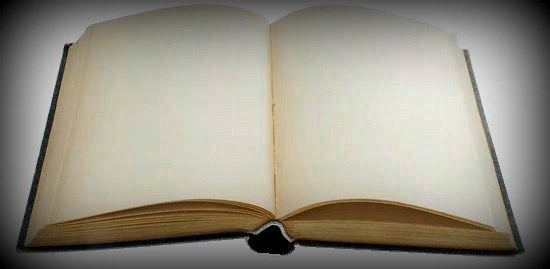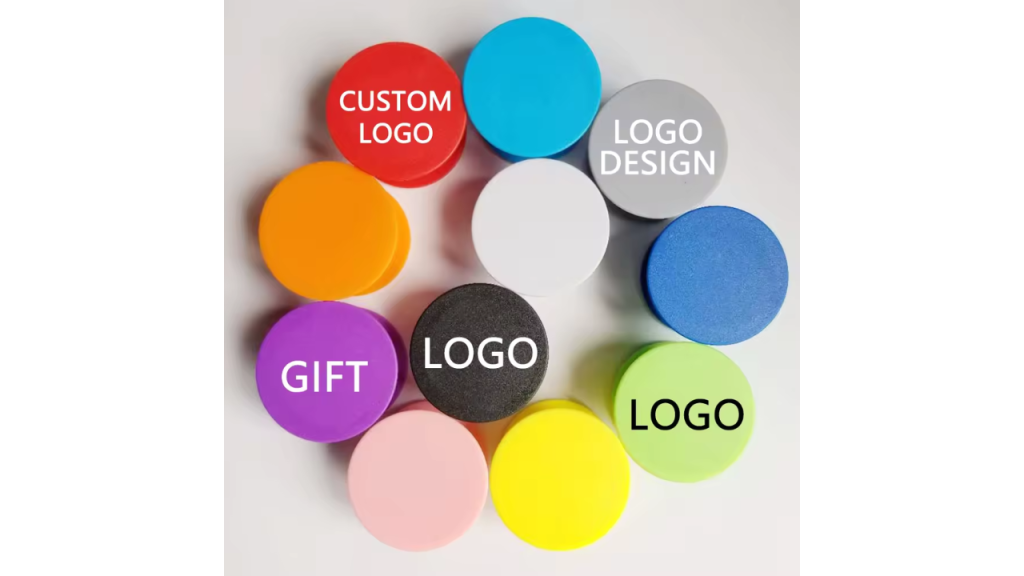
Qualifying for Formula 1 is a very important part of the race weekend. How well the drivers do in qualifying decides where they will start the race on Sunday. Qualifying is split into three parts, and the drivers’ fastest lap times in these parts decide their starting positions for the race.
How does F1 qualifying work?
F1 Sprint qualifying, after successful trials in 2021 and 2022, will continue with more Sprint weekends scheduled for 2022. The format includes a unique schedule where traditional qualifying happens on Friday evening, followed by the ‘Sprint’ race on Saturday afternoon.
During qualifying, drivers compete to set the fastest times, determining the starting grid for the Sprint race. The Sprint race itself covers a distance of 100 kilometers and lasts approximately 25-30 minutes. The finishing order in the Sprint race confirms the grid lineup for Sunday’s Grand Prix.
Starting in 2022, the driver who achieves the fastest time in qualifying will be officially recognized as the pole-sitter, a change from previous seasons where this designation went to the Sprint race winner.
Additionally, another update for 2022 allows the top eight finishers in the Sprint race to earn championship points, with points distributed from eight for the winner down to one point for eighth place. This is an expansion from previous seasons, where only the top three finishers received points.
Sport Betting in Formula 1
Alongside the excitement of F1 racing, many fans do betting in sports. They place bets on which drivers or teams will perform the best in qualifying and races, adding an extra layer of excitement and competition to the sport. Bettors consider factors like drivers’ past performances, team strategies, and track conditions when making their predictions.
F1 Qualifying Q1
The first qualifying session, Q1, lasts for 18 minutes, and all drivers can participate. The goal for the drivers is to set a fast lap time to move on to Q2. At the end of Q1, the five slowest drivers are eliminated, and their starting positions for the race are decided based on their fastest lap time during this session.
F1 Qualifying Q2
The second qualifying session, Q2, lasts for 15 minutes, and the remaining 15 drivers can participate. The goal for the drivers is to set a fast lap time to move on to Q3. At the end of Q2, the five slowest drivers are eliminated, and their starting positions for the race are decided based on their fastest lap time during this session.
F1 Qualifying Q3
The last qualifying session, Q3, lasts for 12 minutes, and the remaining 10 drivers can take part. Their goal is to set a fast lap time that decides where they start the race. The driver who sets the fastest lap in Q3 starts from the front position, called pole position. The other drivers line up behind in order from fastest to slowest lap times.
F1 Qualifying Rules
After qualifying, drivers can get penalties if they break the rules in two ways: by doing something wrong on track or by not following the technical rules of the cars.
For example, if the driver who was supposed to start first gets a penalty that makes them drop five places, they will start from the sixth position on the grid. Other drivers’ starting positions also change accordingly. The results of F1 qualifying become final once any penalties are decided and applied.
Tyre Rules in F1 Qualifying
Previously, the top ten drivers in Formula 1 had to start the race using the same tyres they set their fastest lap with in Q2. Drivers outside the top ten had the freedom to choose their starting tyres. Sometimes, starting in 11th or 12th position with free tyre choice could be more advantageous than starting in 10th.
Since 2022, this rule has been removed, and teams can now freely choose which tyres they start the race with.
Testing the New Qualifying Format with Tyres in 2023
During the 2023 F1 season, a new tyre rule was also tested. Teams had to use specific tyres (except in wet conditions) during each part of qualifying:
In Q1, teams used the hard tyre.
In Q2, teams used the medium tyre.
In Q3, teams used the soft tyre.
This format aimed to reduce the number of tyres used. The test was conducted during the qualifying sessions of the Hungarian Grand Prix and the Italian Grand Prix.
New Qualifying Format with Tires Possible for Entire 2024 Season
The test of the qualifying format with tires in 2023 was successful, and Formula 1 is excited about using this format for the entire 2024 season. However, a final decision has not been made yet.
Number of Laps in a Formula 1 Qualifying Session
In Formula 1 qualifying, drivers choose how many laps they want to do. They aim to do as few laps as possible to save their sets of tires. On average, a driver does about two fast laps during each part of qualifying (Q1, Q2, and Q3).
Fastest F1 qualifying lap ever
In 2020, Lewis Hamilton set a blazing record on the high-speed Monza track by clocking a lightning-fast lap of 1:18.887 during qualifying. This achievement marked the fastest official lap ever recorded in Formula One up to that point, showcasing Hamilton’s exceptional skill and securing his 94th pole position. Before Hamilton, the record was held for over 15 years by Juan Pablo Montoya, who set a blistering pace of 1:19.525 at the 2004 Italian Grand Prix, also at Monza. Montoya’s lap, achieved with a Williams-BMW car during an era of extremely powerful V10 engines, remained unmatched in qualifying speed for sixteen years. Despite starting from pole position, Montoya finished second in the race, highlighting the challenges of converting qualifying pace into victory. Nevertheless, his achievement stands as a legendary moment in Formula One history, illustrating the incredible speed and technological prowess of the sport.
F1 Sprint qualifying
F1 Sprint qualifying, after successful trials in 2021 and 2022, will continue with more Sprint weekends scheduled for 2022. The format includes a unique schedule where traditional qualifying happens on Friday evening, followed by the ‘Sprint’ race on Saturday afternoon.
During qualifying, drivers compete to set the fastest times, determining the starting grid for the Sprint race. The Sprint race itself covers a distance of 100 kilometers and lasts approximately 25-30 minutes. The finishing order in the Sprint race confirms the grid lineup for Sunday’s Grand Prix.
Starting in 2022, the driver who achieves the fastest time in qualifying will be officially recognized as the pole-sitter, a change from previous seasons where this designation went to the Sprint race winner.
Additionally, another update for 2022 allows the top eight finishers in the Sprint race to earn championship points, with points distributed from eight for the winner down to one point for eighth place. This is an expansion from previous seasons, where only the top three finishers received points.



